The Québec maritime Blog
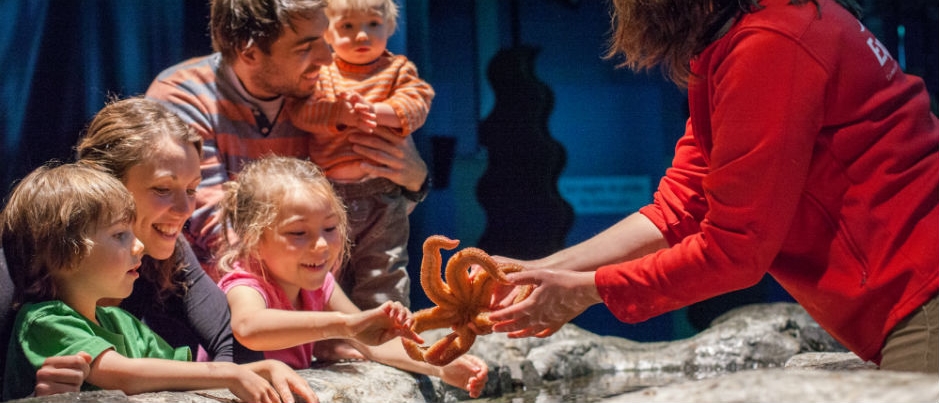
-
Exploramer
Chok Images / Tourisme Gaspésie
Discover Fascinating Facts about 9 Marine Creatures from the St. Lawrence
Almost 1200 km (750 mi.) long, the St. Lawrence is without a doubt the most majestic waterway in Québec. Containing fresh water that gradually becomes salty before reaching the gulf, the St. Lawrence is a rich and unique living environment that is home to fascinating marine creatures. Some are well-known and emblematic, such as beluga whales, while others are less familiar to many but no less worth discovering. Here are some of the favourites of the Exploramer team.
1. Limpets
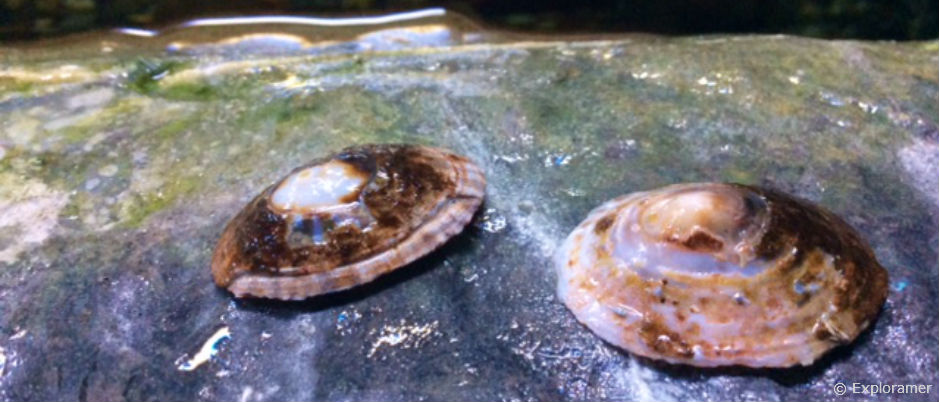
Found on the rocky shoreline of the St. Lawrence, limpets are small molluscs with conical shells. Their muscular foot acts like a suction cup and enables them to form a strong bond to a “home rock.” By secreting an acidic mucus and using their radula (toothy tongue), limpets dig custom-sized shallow pits in the rocks that they live in. When limpets move to feed, they leave a slime trail, which they later follow (using their highly developed sense of smell) back to the exact same spot to digest in peace.
2. Northern shrimp
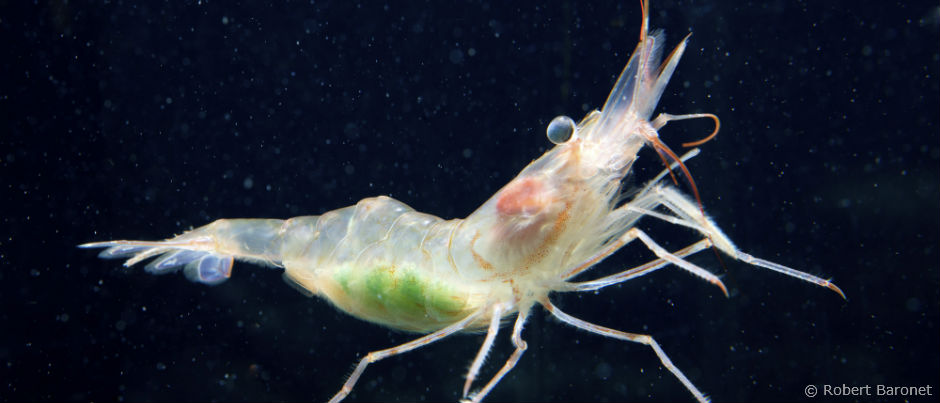
Northern shrimp live in the cold waters of the Gulf of St. Lawrence. They are sequential hermaphrodites, which means they have the remarkable ability to change sex during their life cycle. They begin their existence as male (for 1 to 4 years) and then becomes female for the rest of their lives. These crustaceans live about 8 years.
3. Anemones
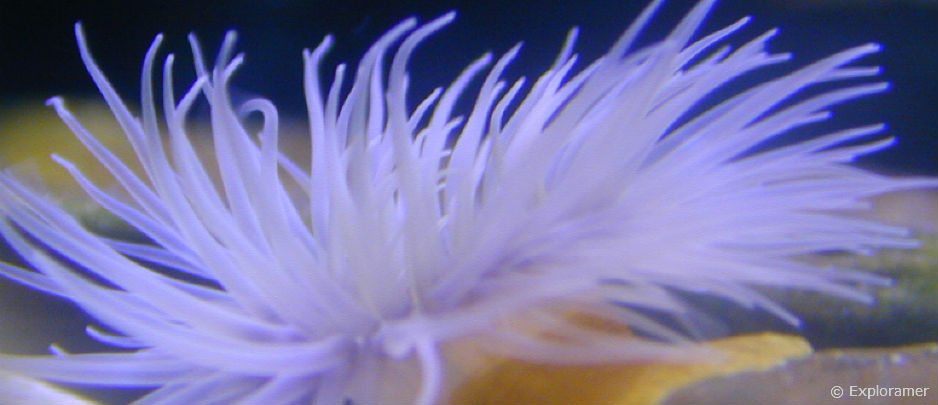
Several species of anemones can be found attached to the seabed of the St. Lawrence, including frilled anemones and northern red anemones. These animals can lay eggs but generally reproduce by cloning. When an anemone moves on its foot, small packets of flesh detach from its body and regenerate new anemones identical to the original one. Some anemone species can live for over a hundred years!
4. Sea stars
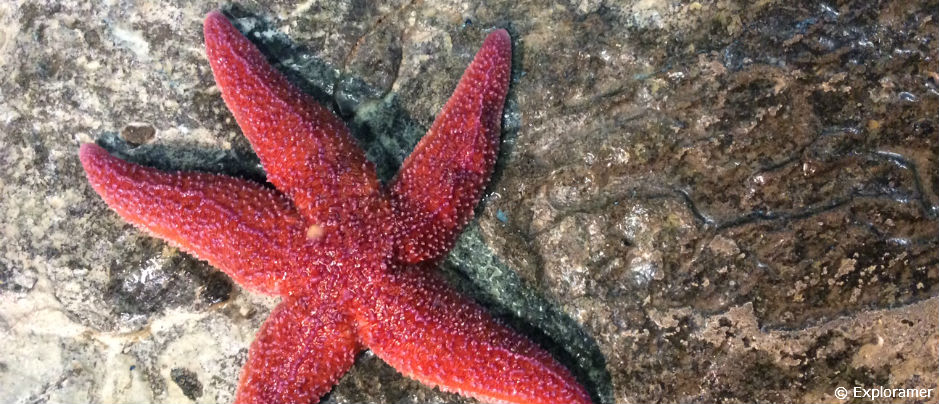
Sea stars, or starfish, have the extraordinary ability to regenerate. In the event of an attack, they can lose an arm to a predator without endangering their life. They will then regenerate the lost limb, or the part broken off or eaten by the predator. Although the common sea star is the most abundant species found in the St. Lawrence, over 15 species of starfish live in these waters.
5. Shorthorn sculpins
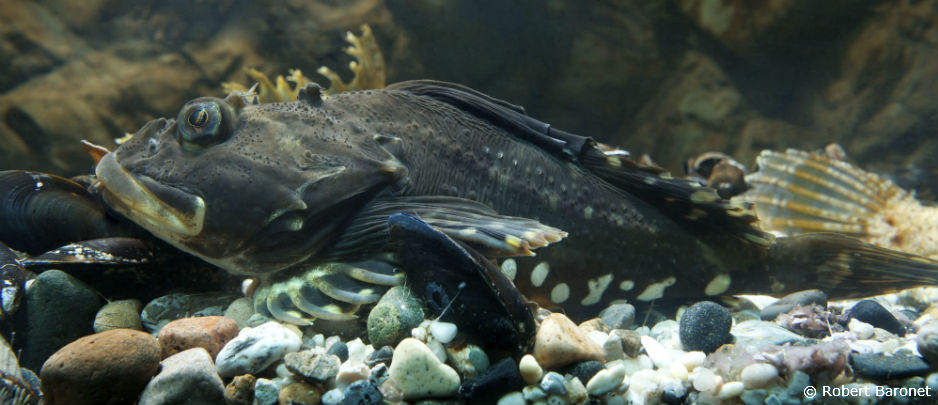
Commonly found in the St. Lawrence, shorthorn sculpins are experts in the art of camouflage. Thanks to chromatophores, special pigment cells that allow the skin to change colour, these groundfish have the incredible ability to mimic the colours of their environment.
6. Greenland sharks
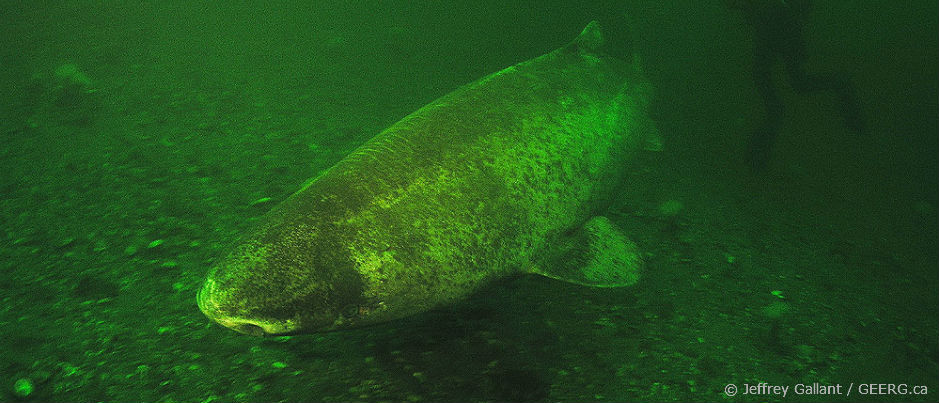
Usually between 3 and 5 metres (10 and 16 feet) long, Greenland sharks are one of the largest carnivorous sharks in the world. Studies have shown that these cold-water fish can live up to almost 400 years, making them the longest living vertebrate ever observed. Greenland sharks can be found in the depths of the Estuary and Gulf of St. Lawrence; they have also been spotted off Baie-Comeau and in the Saguenay Fjord.
7. Blue mussels
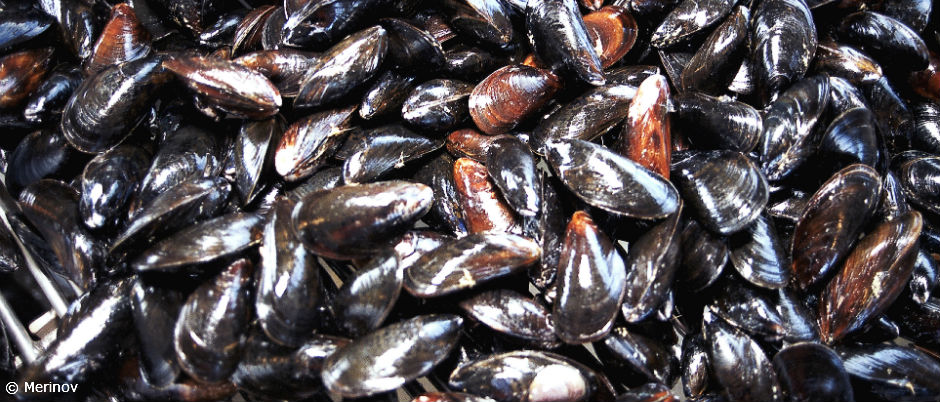
Mussels (and other bivalve molluscs) secrete a fibrous and sticky substance called byssus to attach themselves to a solid surface such as a rock. Byssus filaments are highly adhesive and resistant to wear. The exceptional properties of these secretions are of great interest to scientists, particularly in the fields of medicine, animal nutrition and the cosmetics industry.
8. Lobster
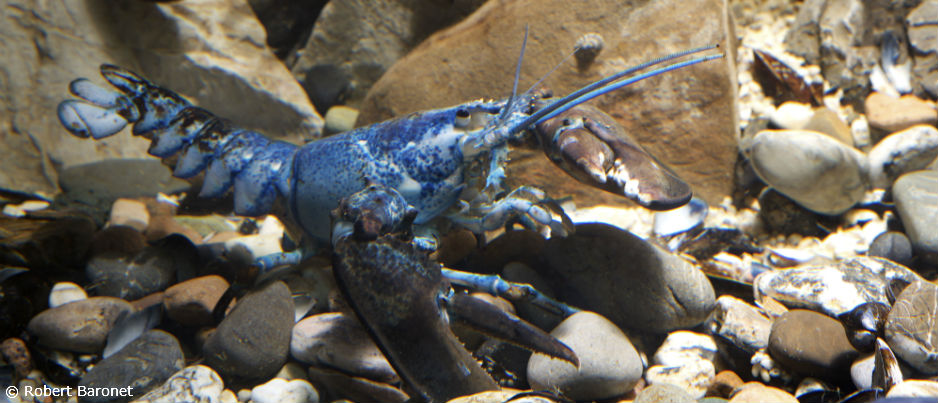
Found on the rocky sea floor of the Estuary and Gulf of St. Lawrence, lobster is certainly the largest and best-known crustacean living in these waters. However, there are a number of surprising facts about the colour of lobsters that are not well known. Although they are usually a greenish brown, some have unusual colours, such as blue. This is due to a rare genetic mutation that occurs in about one in 3 million lobsters. Yellow lobsters are even rarer; they are only seen once in 5 million lobsters.
9. Atlantic wolffish
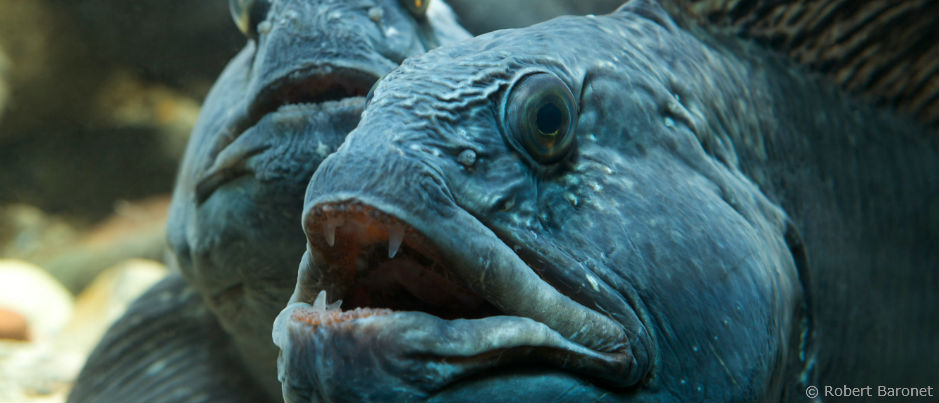
Atlantic wolffish, which live in the Gulf of St. Lawrence, are capable of synthesizing proteins with antifreeze properties that allow them to live in waters near freezing temperatures. This ability is of great interest to the medical, pharmacology and food industries.
Did you find these facts interesting? Want to learn more about these amazing species and get a closer look at them? Visit the aquariums and touch tanks at Exploramer, a marine science museum in Sainte-Anne-des-Monts (Gaspésie), where you can encounter a host of fish and other marine organisms living in the Estuary and Gulf of St. Lawrence. Over 1000 live specimens of 60 different species can be observed in the museum, and other surprising discoveries await you there as well!
Sources:
- Algues et faune du littoral du Saint-Laurent maritime : Guide d’identification by Robert Chabot and Anne Rossignol, Fisheries and Oceans Canada, 2003
- Aquatic Biodiversity Monitoring Network (ABMN)
- Aquatic Species – Fisheries and Oceans Canada
- Fauna and Flora at the Biodome – Space for Life
- Internal documents provided by Exploramer
(0) comment